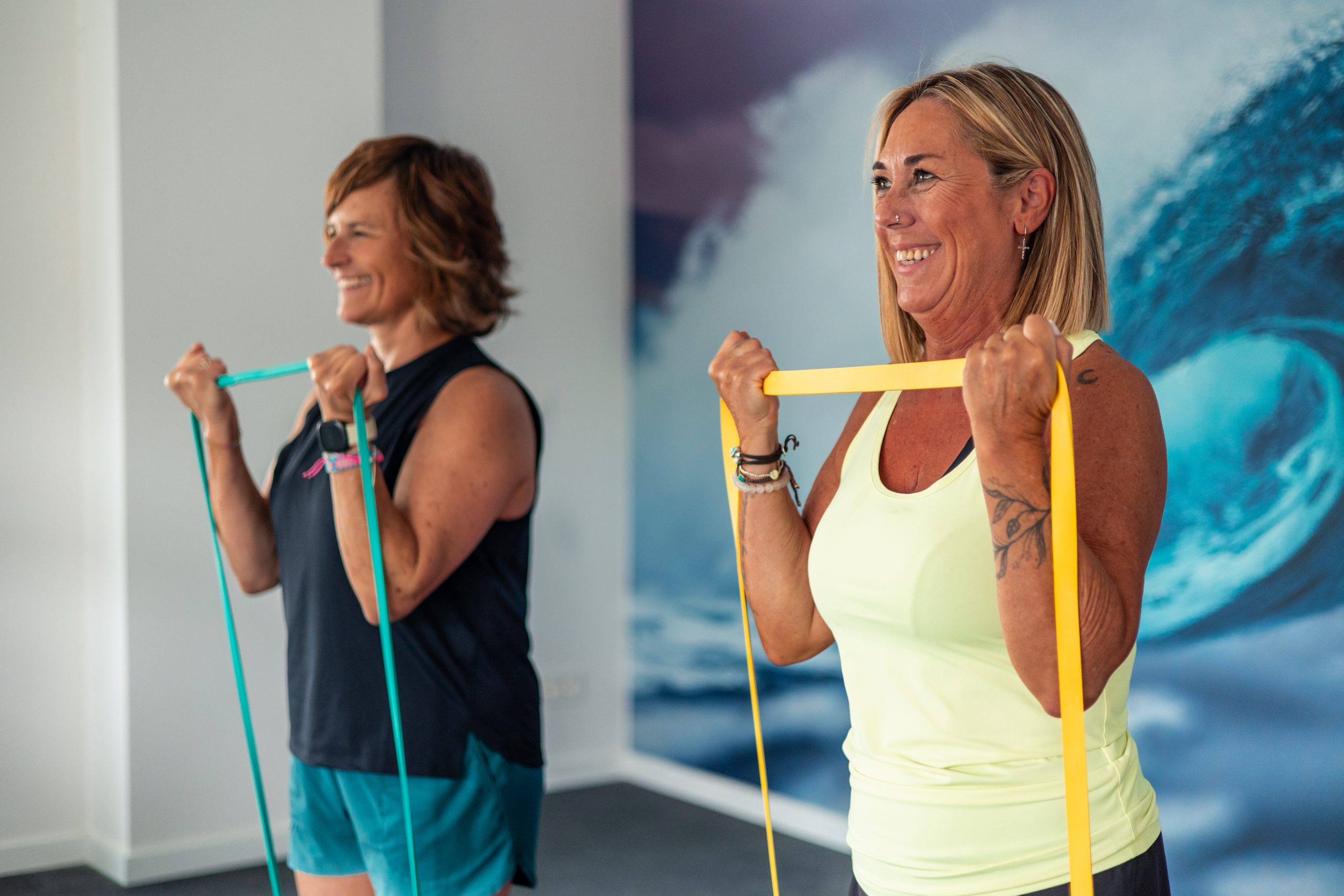How Exercise Improves Mental Health
Regular exercise is one of the most effective ways to manage your mental health naturally. In mild cases of depression or anxiety, regular exercise may be enough to manage your symptoms without the need for antidepressant medications.
How does exercise help the depressed brain? When people become depressed their brain atrophies (shrinks) and becomes less adaptable. Exercise stimulates the production of a hormone in your brain called brain-derived (from the brain) neurotrophic (nerve growth) factor (BDNF). BDNF stimulates brain growth and promotes neuroplasticity, the ability of the brain to adapt and change as it manages the complexities of life. This allows the brain to grow new cells, make more dynamic cells, make new connections, and repair itself, helping us heal parts of the brain that have atrophied. Exercise is the most effective way to trigger BDNF release.
But does exercise help with several mental health issues at once or more severe mental health cases? Yes, exercising can improve your mental health even when you have multiple psychiatric conditions. As experts in treatment-resistant psychiatric conditions, our mental health providers have found that patients who exercise regularly in conjunction with other treatments are more likely to have improvement in seemingly untreatable cases.
Exercising can be part of the solution to many mental health problems. Depending on the severity of your mental health conditions, you may need a comprehensive psychiatric care plan that includes exercise, among other treatments, such as TMS, ketamine therapy, or antidepressant medications. Exercising is an important part of our psychiatric care plans because it helps improve the effects of all other psychiatric treatments.
How to Pace Yourself at the Gym
We know that regular exercise is good for our brain and body, so often, people set the intention to exercise more at the start of the new year but quickly lose motivation. How do you stay with it?
1 Shift your mindset.
Your mental and emotional health can be improved through exercise, so prioritize it appropriately. If you shift your mindset to consider each workout as a commitment to taking care of your physical and mental well-being, it becomes much easier to see its importance and make time for it.
Before you get out of bed in the morning, determine when you will exercise that day and what exercise you will do. The question should not be will I, but rather when will I?
2 Keep your fitness goal simple and realistic.
It’s easier to commit to moving your body for a specific amount of time each day rather than trying to do a specific number of workouts each week. If you are too rigid in what your exercise looks like, it’s easy to burn out quickly. Keeping your goal simple allows you to add variety, which is also one of the best ways to stay consistent.
Surprising fact: For most people, it’s easier to exercise every day for 10 minutes than it is to exercise two days a week for 35 minutes. Why? Committing to exercising every day removes the internal debate of deciding which days to work out.
Commit to exercising one minute per day. If you exercise for a minute and don’t want to do more, give yourself permission to stop. Most people want to continue once they have started. If the world happens and you can’t exercise one or two days per week, forgive yourself and pick it up the next day.
Many people think that flexibility in your fitness routine hurts consistency when in reality, flexibility enables consistency. You do not need to go to the gym or pool every day. Adding movement in other ways, such as walking at your desk treadmill, stretching, or shoveling snow, may be a great way to infuse movement into your day.
Any amount of physical activity will give you health benefits, but the more active you are, the more health benefits you will get. To get cardiovascular benefits, you will need a minimum of 10 continuous minutes of exercise.
3 Use the start of the year to try out different classes.
The people who stick with exercising consistently are the ones who figure out what they enjoy doing. Use the first few weeks of the year to determine which exercise classes you enjoy the most. This is a good time to try something new because most participants will also be new to the class and instructors will break down movements with this in mind. Try a few new classes to figure out which ones you like, and then rotate between the ones you enjoy for the rest of the year.
4 Take time to build strength.
Adding strength or resistance training exercises to your routine is not only a great way to vary your workouts, but it helps you see better results than if you focus on cardio alone; it improves balance, builds confidence, and helps you burn calories more efficiently throughout your day.
While many people think of strength training as a young man’s game, strength training becomes increasingly important as we age. It can help build and maintain healthy bones and joints, improve posture, and reduce the risk of falling. Older adults who participate in resistance training exercises reduce their risk of developing musculoskeletal disorders such as osteoarthritis, reduce joint and back pain, and are often independent for longer because they are able to maintain functional movements.
Start practicing the movements without any weight or resistance bands. Once you have the form down, gradually add weight. Only increase your weight when you feel you could have done more repetitions at the end of your circuit.
5 Commit to a gym or club
For many people, going to a gym or community center is a commitment that keeps them going. Perhaps it gets them out of their home or office. It may be for social connection. Or they keep going because they don’t want to waste their investment.
Visit a few gyms or community programs to see which one has the vibe you want. And remember, there may be more casual groups you can join for biking, walking, or volunteering to fight invasive plant species on your local trails.
6 If a gym isn’t a positive experience, don’t go.
If you have no desire to go to a gym, you don’t need to go. For individuals with anxiety or depression, an intense setting may not help their self-esteem and could even trigger their condition. Working out in the privacy of your own home is easier than ever with free or subscription-based online workouts. Simply search YouTube for a workout you enjoy – barre, strength training, kickboxing, yoga, pilates, step – and give it a try.
Most online workouts don’t require any equipment. If you choose to invest in a few free weights and resistance bands, that’s typically all you need for almost any home workout. Just remember commitment and consistency are what’s important, so block out the time on your calendar and turn off your phone!
Talk to your doctor before getting started.
It’s always recommended to talk to your doctor before starting a new fitness routine. Some underlying health conditions may make exercising more dangerous. However, most health conditions improve with exercise, so don’t let any existing conditions stop you from discussing an exercise plan with your doctor.
Consistent exercise provides so many benefits for your physical and mental health. You won’t regret getting started.

Stephen Manlove, MD graduated from the University of Minnesota Medical School and completed residencies in Psychiatry and Internal Medicine through the University of Virginia Medical School. He holds multiple board certifications in psychiatry/neurology, internal medicine and forensic psychiatry. This deep understanding of medicine gives him a unique ability to practice truly holistic psychiatry—fusing lifestyle changes and brain health best practices with genetic testing and a detailed laboratory workup to develop a personalized plan for each patient. As an early adopter of transcranial magnetic stimulation (TMS) and ketamine/Spravato, he and the Advanced Brain + Body team have helped thousands of patients suffering from treatment resistant depression, anxiety and PTSD.

